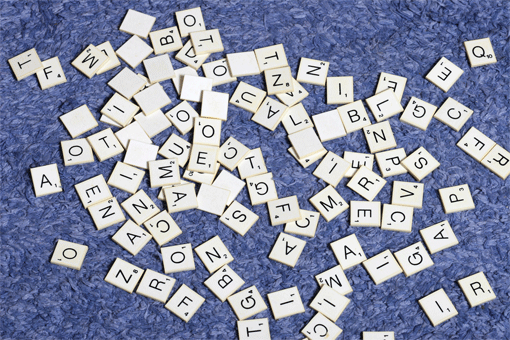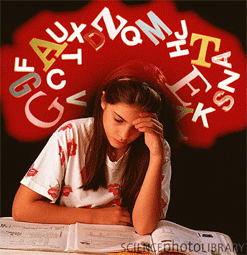A fairly high number of children experience, during the
course of their mandatory schooling, difficulty reading. These
difficulties can be linked to various factors, namely the socio-cultural
environment in which they live.
However, research data indicate that
3-4% of Italy's school-age population present actual specific learning
disabilities in regards to acquiring language (reading, writing or
mathematical calculations) which are not the result of cognitive
disturbances or diseases.
Late or insufficient learning of these
symbolic codes can create barriers during the children's learning pathway
with serious impact on pedagogical efforts.
The effects of these
difficulties can bring children to display over time a negative attitude
and little motivation, lack of confidence in one's own ability and
frustration.
We talk about developmental dyslexia when there is an
inability to acquire the levels of reading and writing corresponding to
age and cognitive levels. Such difficulties are evidenced by a lack of
fluency and precision in reading, with possible relapses relating to
understanding written texts.
Developmental dyslexia can have different
degrees of expression and remain throughout an individual's
life.
Fortunately, there are adequate interventions that can reduce its
manifestation and effect on the ability of these children to study and
adapt.

Recently, a new rehabilitative method is now being applied in Italy and it is based on the use of coloured filters to wear during reading. In fact, a few forms of dyslexia present typically "visual" aspects which can benefit from vision rehabilitation interventions.
The principles on which are based the positive effect of colour is still a very controversial issue, one hypothesis being that colour would influence the cerebral activities of the visual cortex. But, what are the main symptoms that can let us hypothesize that there is a treatable visual component?
Sometimes, during the usual eye exam, people who we would not suspect to have a reading disability, refer to particular symptoms like glaring while looking at print material or the feeling that the letters are dancing around. These are the most frequent reported symptoms, however,
in order to arrive at a precise diagnostic, an in-depth
and often multidisciplinary evaluation is necessary.
Of course, glasses
with coloured filters will not eliminate definitely the problem, but in
cases where this method is applicable, it is possible to remarkably
decrease reading difficulties, reducing the visual tiredness that can
sometimes become disabling.